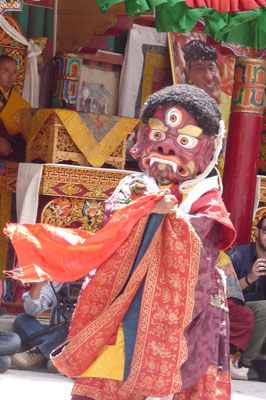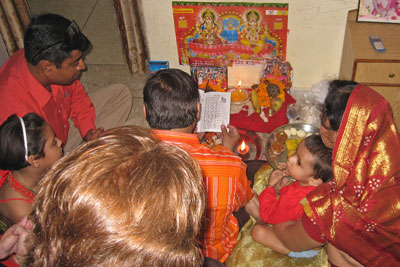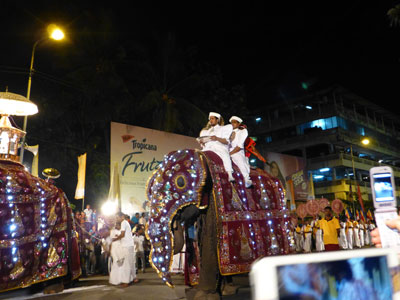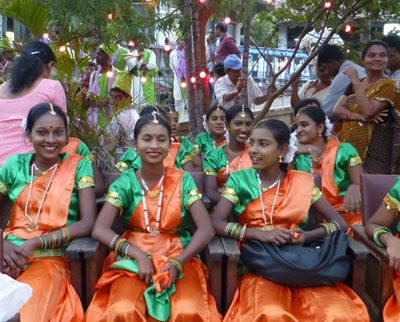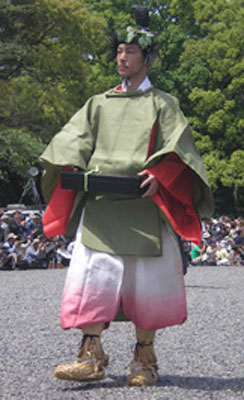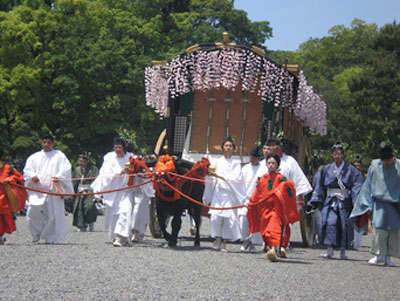Annual themed festivals
We asked you to tell us about a fun, impressive or unique annual festival, celebrating something in particular, that you attended outside of the US in the last few years. Among the information we requested was the name of the festival, where it takes place, when it takes place and for how many days plus the year you went. We also wanted to know what activities occurred, what you experienced, approximate costs, tips on how to get to the festival and any other helpful advice.
A number of the responses appear below, these on festivals in many parts of ASIA. If you are an ITN subscriber and have an event to share, write to Annual Themed Festivals, c/o ITN, 2116 28th St., Sacramento, CA 95818, or email editor@intltravel news.com. Include the address at which you receive ITN. Photos are welcome.
For about a week each year in the state of Rajasthan in northwestern INDIA, the sand dunes around the tiny town of Pushkar become infested with 50,000 camels, horses, cattle and oxen, all to be bought and sold in one of the largest and oldest camel-trading fairs in the world.
The Pushkar Camel Fair takes place during holy days of the Hindu calendar sometime in October and/or (usually) November. Camels are costumed, paraded, raced and traded, while an array of magicians, dancers, snake charmers and more entertain the crowds.
This was exactly what we hoped to experience, but until we mentioned this to Usha at Third Eye Travel (Fremont, CA., 800/456-3393, www.thirdeyetravel.com), we couldn’t find much information regarding the “how.” Arun Dali at Third Eye helped us with the planning, and our trip, a private excursion, became a reality in 2014.
After arriving in India and seeing New Delhi and sights in Jaipur, we headed to Pushkar, where we were assigned to our tent in the tent city. The tent city covered sand dunes that would return to being empty once the fair was over. The tents were quite nice — large, with a separate bathroom containing a flushing toilet, a shower and a sink with running water.
After checking into our assigned tent, our very careful, courteous driver, Robert, drove us about a mile to the entrance to the fair and selected a driver with a flat, open cart pulled by an indifferent camel. We rode around at random; there really didn’t seem to be any organized route. The grounds were so large, and there was so much going on. We had arrived!
In the tent city, our meals in the very large dining tent were quite tasty. Only vegetarian food was served. Though we are not vegetarians, we were pleasantly surprised at the array of different foods with so many delicious flavors.
Robert was available to us at all times, so we were able to come and go to the festival as we pleased.
What a wonderful trip, one we’ll always remember fondly.
Dixie Storkman
Palo Alto, CA
The dates of the Pushkar Camel Fair are based on the lunar Hindu calendar. In 2015 it will be held Nov. 19-25 and in 2016, Nov. 8-14.
I attended the annual Hemis Festival at the Hemis Monastery near Leh in the state of Jammu & Kashmir, INDIA, in July 2014. Monks wearing fabulous costumes danced and played music.
I was on the 3-week “Northern India – Ladakh, Dharamsala and the Golden Temple” tour of ElderTreks (Toronto, Ont.; 800/741-7956 or 416/588-5000, www.eldertreks.com), and our group attended the festival on July 7, 2014, the first of its two days.
There was a fee to get into the festival and another fee to sit in a closer section, but our guide paid for all of that.
I advise taking a hat, sunblock and a small folding stool. It can get quite hot there. You could pack a lunch, too.
Neal J. Pollock
Arlington, VA
In 2015 the Hemis Festival will be held June 26-27. In 2016, the festival will complete its 12-year cycle on July 14-15 and will display the world’s largest thangka (Tibetan scroll painting) for the first time since 2004.
My favorite international festival is Diwali, the annual Festival of Lights symbolizing the victory of good over evil and celebrated throughout India by Hindus.
Although the festival extends over five days (the actual day of Diwali being the third day of the festival), the preliminary bustle could be compared to our pre-Christmas. People clean and update their homes. Shops sell special Diwali decor, miniature electric lights, clay pots for candles, fireworks, sugary candies for gifts and new clothing. Women get henna tattoos. It’s a busy, happy time.
My husband, Ray, and I were in Jaipur, INDIA, during the festival in 2008 while on a tour called “Heart of India” (now “Mystical India”) with Overseas Adventure Travel (Cambridge, MA; 800/955-1925, www.oattravel.com).
We saw not only the preliminary commercial bustle of Diwali but the Hindu prayers as well. A large statue of Lakshmi, goddess of wealth and prosperity, stood along Jaipur’s main street.
Our guide, Ajay Paliwal, invited our group of 16 to his sister’s apartment to celebrate. We joined her family as they performed Lakshmi Puja, a special prayer ritual thanking the goddess for the blessings of wealth and prosperity and for the triumph of good over evil and of light over darkness.
During the puja, they lit candles, burned incense, read prayers and left offerings of food, flowers and gifts in front of an image of Lakshmi in their home. Following the puja, we enjoyed sugary sweets and fireworks. Our chance to visit a home during the holiday was special.
I encourage anyone planning to visit India to go during Diwali. The date varies each year, based on the Hindu calendar. In 2015 the festival will be held Nov. 9-13.
Wanda Bahde
Summerfield, FL
In 2016 the Diwali festival takes place Oct. 28-Nov. 1.
My husband, Jerry, and I attended the Navam Perahera in Colombo, SRI LANKA, on Feb. 14, 2014. This perahera (pageant) is a 3-hour parade with nearly 100 elephants plus dancers, musicians, fire twirlers, whip crackers and more. The costumes, music and dancing were fantastic.
Colombo’s festival takes place each year in February on the night of the full moon.
Ceylon Express International (Huntington Beach, CA; 714/964-6896, www.ceylonexpress.com) arranged seats for us in a reserved section. I don’t know how much the seats cost, since they were included in the price of our customized trip with hotel, car and driver.
During our days in Colombo we stayed at the Lake Lodge (20 Alvis Terrace; phone +94 11 2 326443, www.taruvillas.com), which was within walking distance of the parade route. The easy access made the event more pleasurable. We arrived a couple of days prior to the perahera and were able to see them setting things up and leading small parades.
I understand that the perahera held in Kandy in the summer is even more spectacular, but so are the crowds. Therefore, I recommend the February event in Colombo.
Nili Olay, New York, NY
The Navam Perahera was held in 2015 on Feb. 2-3 and will be held in 2016 on Feb. 22-23.
My husband, David, and I took a cruise aboard Holland America Line’s Volendam, departing Singapore on Feb. 1, 2013, and we never anticipated we’d be so charmed by the Spring Festival, or Chinese New Year, which is celebrated in many Asian countries.
In Singapore, retail stores sparkled with paper lanterns and red signs with gold accents. The ship’s crew hung similar vibrant banners with wishes of good fortune, happiness, prosperity and longevity throughout the vessel.
The Chinese zodiac animal that represented that lunar year, running from Feb. 10, 2013, to Jan. 30, 2014, was the black water snake, referred to as a sly, calm, quiet, lonely and humble animal.
The Volendam stopped at Bangkok, THAILAND, and on a visit to the Temple of Dawn, our guide expressed how fortunate we were to enjoy the tranquil gardens adorned with multiple strings of colorful lanterns, while ancient statues sported bright red bows.
Days later, seated on the balcony of the Rex Hotel in Ho Chi Minh City (Saigon), we photographed enormous floral displays up and down the main boulevard. Young ladies strolled the Old City in brightly colored tunics, heads topped with the traditional triangular straw hats.
Our 28-day passage continued up the Asian coast, beyond VIETNAM to Hong Kong and Shanghai, CHINA, each city outshining the next with ornamented thoroughfares along the waterfronts and even at the Great Wall.
We later learned that the Chinese New Year ends with the Lantern Festival on the 15th day of the first month of the Chinese lunar calendar.
Pam Turner, Lake Wales, FL
For the Chinese lunar year from Feb. 10, 2013, to Jan. 30, 2014, the Spring Festival was held Feb. 9-Feb. 15. For the lunar year Jan. 31, 2014-Feb. 19, 2015, the festival was held Feb. 18-24, 2015. For the lunar year Feb. 20, 2015-Feb. 8, 2016, the Spring Festival will take place Feb. 7-13, 2016.
In May 2010, while on a solo trip to Kyōto, JAPAN, at age 71, I “fell into” the city’s Aoi Matsuri festival, having picked up a local English-language paper somewhere in my wanderings and finding that the event would take place during my stay. It was nothing short of amazing!
Held on May 15 each year, the festival includes a parade that runs from the Imperial Palace to the Kamo Shrines from mid-morning to mid-afternoon. According to the English paper, the procession stretched a kilometer long from front to back.
There were more than 500 participants dressed in period costume from the eighth century, as well as horses, oxen and carriages. The festival is said to have taken place every year since the seventh century.
The word aoi means “hollyhock,” and you will see many of these flowers.
You also will see many women dressed in traditional kimonos accompanying the Saiō, who, according to my Japan guide, is “a young female member of the imperial family who served as the high priestess of the Kamo Shrines.” The Saiō performed rituals during the festival.
These days, an unmarried woman is selected each year to serve as Saiō, and she’s carried on a palanquin in the procession. In other words, she’s Kyo¯to’s version of the Rose Bowl Queen.
In addition to reserved seats, along the long drive from the Imperial Palace through the Imperial Park, there were viewing areas where people just sat on the grass or stood. I chose to be on the long drive. It was terrific to be among locals, who were friendly and sharing, though I speak no Japanese.
One also could watch along the streets, as the parade exited the grounds of the park and made its way along the streets to the shrines, but I highly recommend viewing the procession within the Imperial Park.
Your hotel, ryokan or guidebook will be able to advise you as to how to get to the palace grounds.
Edna R.S. Alvarez
Los Angeles, CA

